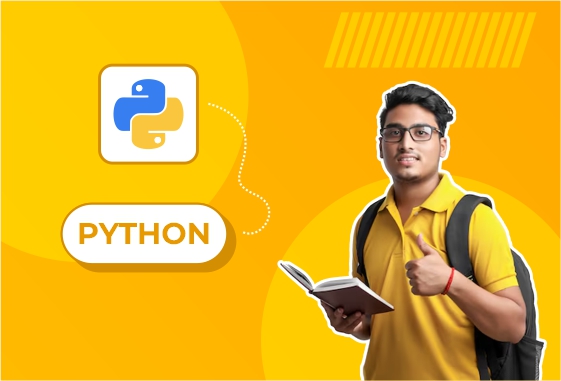
Video Classification
Project Title: Video Classification Using Deep Learning
Objective:
To classify videos into predefined categories by analyzing temporal and spatial patterns, such as recognizing actions, events, or activities in video sequences.
Dataset:
UCF101: A widely used dataset containing 13,000 videos across 101 action categories (e.g., sports, cooking, dancing).
Kinetics-400: A large-scale dataset with 400 action categories, containing over 300,000 video clips.
Key Steps:
Data Preprocessing:
Frame Extraction: Convert videos into a sequence of individual frames (images).
Resizing and Normalization: Resize frames to a consistent size (e.g., 224x224) and normalize pixel values.
Temporal Augmentation: Apply temporal transformations (e.g., random cropping, frame skipping) to enhance model robustness.
Model Architecture:
2D CNNs: Extract spatial features from individual frames using CNNs (e.g., ResNet, VGG).
3D CNNs: Capture both spatial and temporal features across multiple frames simultaneously. Models like C3D or I3D (Inflated 3D ConvNet) are effective for video classification.
Recurrent Neural Networks (RNNs): Combine CNNs with RNNs (e.g., LSTMs or GRUs) to model temporal dependencies in sequential data.
Two-Stream Networks: Use two CNNs to separately process spatial information (from individual frames) and temporal information (optical flow).
Training:
Videos are used as input sequences to train the model to classify the entire video into one of the predefined categories.
Loss functions: Categorical Cross-Entropy loss for multi-class classification.
Batch training, data augmentation, and transfer learning are commonly used to improve model performance.
Evaluation:
Accuracy: Measure the percentage of correctly classified videos.
Confusion Matrix: Evaluate model performance across different categories.
Precision, Recall, and F1-Score: Used to evaluate the model’s performance on imbalanced datasets.
Deployment:
Real-time video classification using webcam or live video feed.
Integration with applications for activity recognition, surveillance, or content tagging.
Tools & Libraries:
Python, NumPy, and Pandas for data handling.
TensorFlow, Keras, or PyTorch for deep learning model implementation.
OpenCV for video processing and frame extraction.
scikit-learn for evaluation metrics.
Applications:
Sports Analytics: Identifying and categorizing actions in sports videos.
Surveillance: Detecting unusual or suspicious activities in video footage.
Entertainment and Media: Automating content tagging, recommendations, and editing.
Healthcare: Monitoring and classifying patient activities for rehabilitation.





